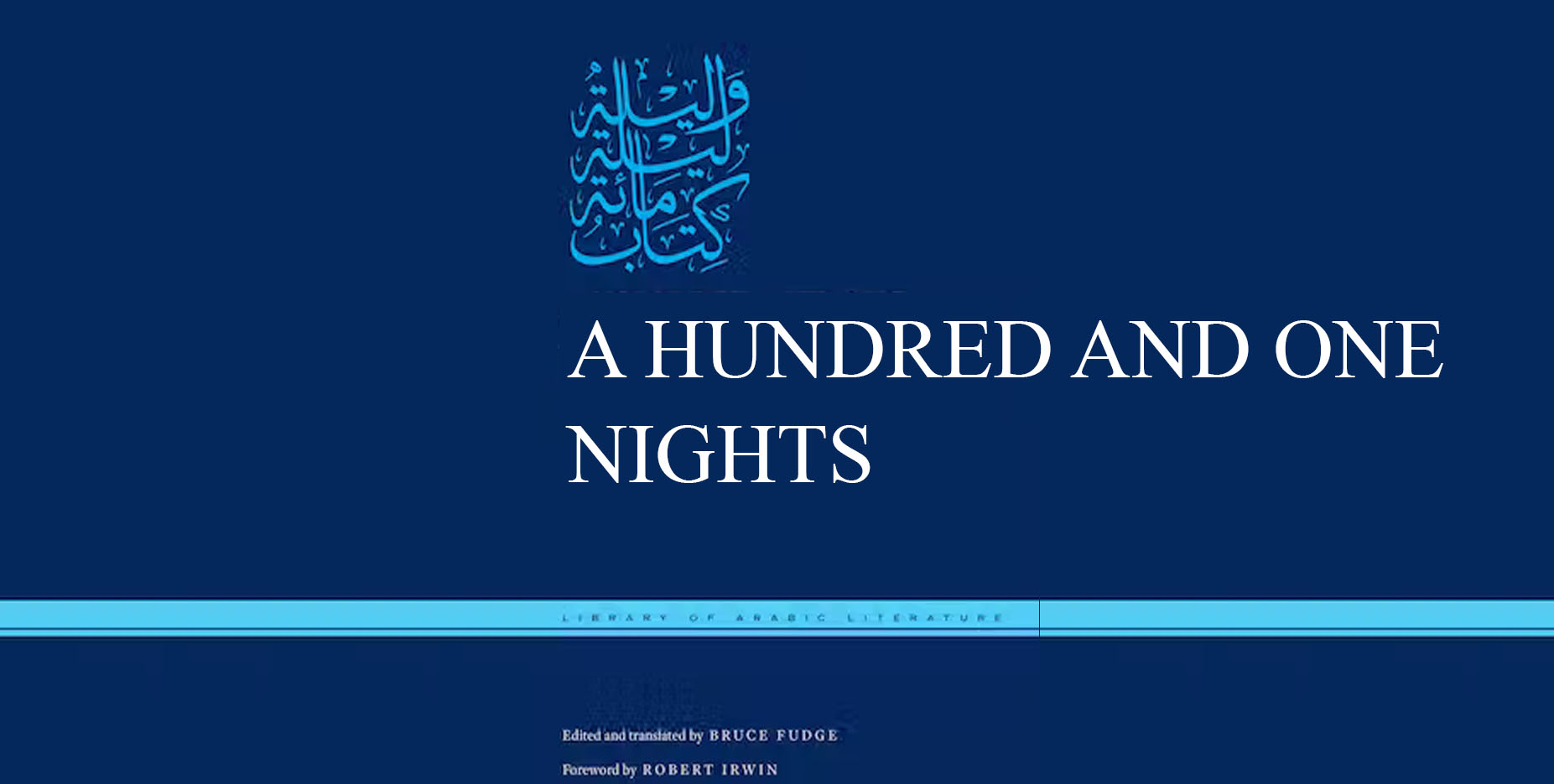
A Hundred and One Nights. Edited and Translated by Bruce Fudge. Foreword by Robert Irwin. New York University Press. 2016. Hardback. Pages 416.
A Hundred and One Nights is one of the examples of the rich tradition of popular Arabic storytelling. Like Thousand and One Nights, this collection opens with the story of Scheherazade, the vizier’s gifted daughter who recounts imaginative tales night after night in an effort to distract the murderous king from taking her life. However, Mi’at Laylah wa-laylah (A Hundred and One Nights) contains entirely different set of stories.
Here, we encounter tales of epic warriors, buried treasure, disappearing brides, cannibal demon-women, fatal shipwrecks, and clever ruses, where human strength and ingenuity play out against a backdrop of inexorable, inscrutable fate. Distinctly rooted in Arabic literary culture and the Islamic tradition, these tales draw on motifs and story elements that circulated across cultures, including Indian and Chinese antecedents.
Both story collections owe a lot to earlier Sanskrit stories which Arab authors have adapted and reworked but, in cases where the collections draw on the same Indian story elements, the version contained in A Hundred and One Nights are closed to the original Sanskrit stories. (p x)
It is compiled in the Maghreb around the ninth or tenth century and is a major contribution to the field. Although they were compiled in Abbasid times, there are frequent mentions of the previous dynasty, the Umayyad Caliphs. Islam does not feature prominently in these tales, and when it does, it doesn’t resemble its modern incarnation. This is the first time that A Hundred and One Nights has been translated into English.